Search Articles
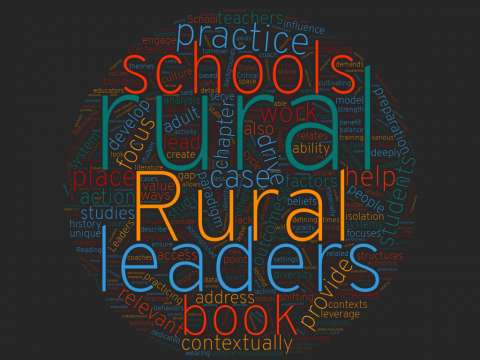
book
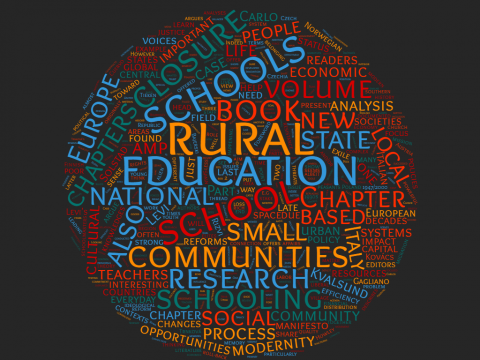
book
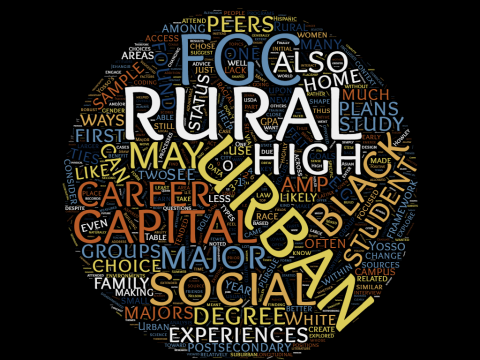
book
By definition, first-generation college (FGC) students share similar levels of parental education, and they often receive support on college campuses as though they represent a homogenous group. However, FGC students come from a wide variety of backgrounds that may necessitate different forms of support. This article takes a step toward exploring this variation by examining how rural and urban FGC freshmen differentially use their social networks to help them choose college majors and career pathways. The case study uses longitudinal interviews with 18 rural FGCs and 15 urban FGCs to tease apart the ways in which rural and urban places create distinct challenges and opportunities that affect the transition to college. The analysis also examines the ways in which race interacts with place to further shape these processes. Most notably, urban students benefited from career exploration opportunities available in their cities and high schools and were preconditioned to see their home communities as sources of social capital, while rural students relied heavily upon fewer hometown mentors but also understood the urgency of forming new ties in college and ultimately bridged more successfully into the collegiate sphere. In addition, with potential implications for student affairs professionals, administrators, faculty, and others seeking to support and mentor FGC students, rural students in particular rejected the FGC label and associated more strongly with their geographic background. Finally, while Black and White students from rural and urban areas often pursued similar college majors, their experiences along these trajectories often diverged in meaningful ways.
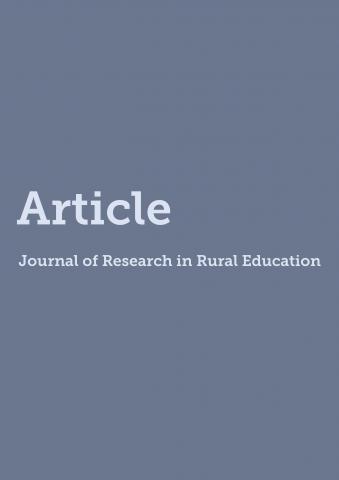
book
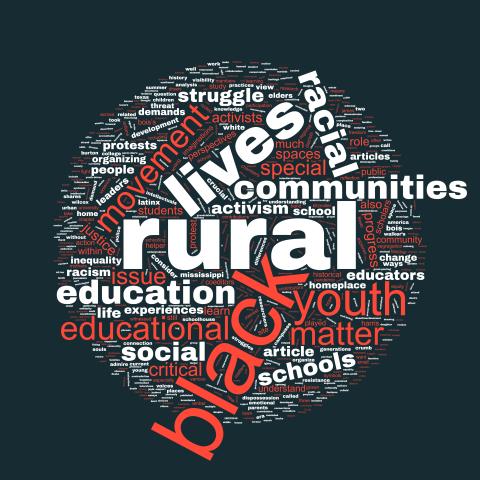
book
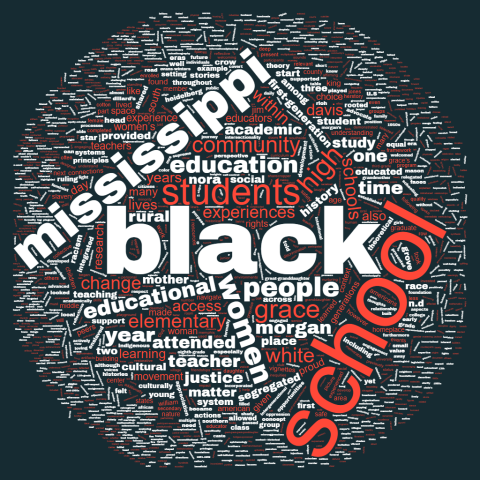
book
This article depicts a qualitative narrative study that reflects on the educational paths followed by three generations of Black women from rural Mississippi. The purpose of this study was to expand the documented footprint of Black women’s educational experiences in the rural Deep South by exploring my own educational experiences as a researcher and as a participant as well as the experiences of women in my immediate family. Reflections, connections, and analyses address 20 years of lived experience in Mississippi school systems. The intersectionality of critical race theory (CRT) rooted in Black feminist theory provided the theoretical framework. The research questions addressed were: What are the similarities and differences among three generations of Black women educated in Mississippi? How can this information assist us to better understand the historical and present intersectional struggles of Black education in rural areas? The intersections of gender and race were explored. Mapping as inductive analysis using writing as inquiry allowed me to garner a deeper meaning of the stories. The approach to story analysis was iterative as I moved in and out of several steps. My insights and reflections depicted a supportive village that helped to guide the women through their studies. The overall finding was that these women’s sustained success in rural Mississippi educational settings was linked to having a nurturing and supportive network of educators throughout their academic careers. We need to investigate other Black women’s educational experiences in rural education settings to increase representation and to demonstrate the congruences and particularities of learning what matters to Black women in rural communities.

book
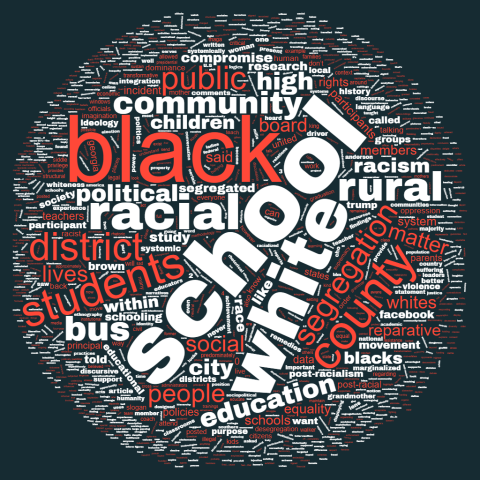
book
The purpose of this article is to critically probe racial discourse around how the convergence of Black Lives Matter (BLM) and white nationalist organizations complicate the reality of segregation, education, and social change in a rural community in Central Georgia. Critical race studies ground the work, using narratives as a device to frame and examine what school transformation can look like for Black people living in rural communities. The method for this study is a critical ethnography that draws on census data, school district achievement data, and informal conversations and interviews conducted in person and though social media. The findings from this research suggests that some African Americans in this rural community are beginning to embrace forms of segregation as a reparative compromise to dealing with racism in their community. The implications of this study contribute to the literature on race and education in rural schooling and community.
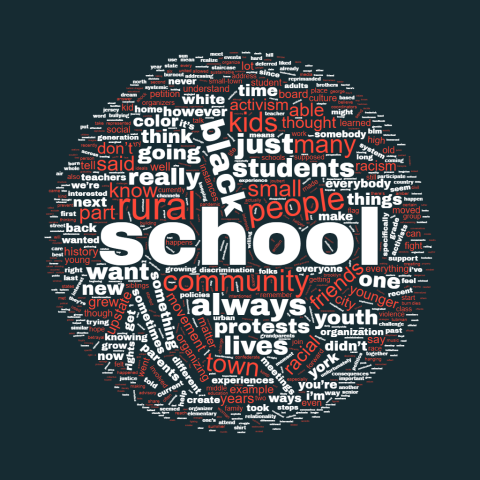
book
In the wake of the murders of George Floyd, Breonna Taylor, Ahmaud Arbery, Toni Cade, and many unnamed others, the movement for Black lives ignited a mass of youth voice and participation. The struggle to transform education for Black students is now at the forefront of the Black Lives Matter movement and includes demands for ethnic studies curriculum, the hiring of Black educators and counselors, accountability for racialized bullying and school violence, the abolishment of zero tolerance policies, and the removal of school police. This conversation with youth rural activist Gem Amber Sun Helper explores her organizing for Black lives in education in a rural upstate New York community.
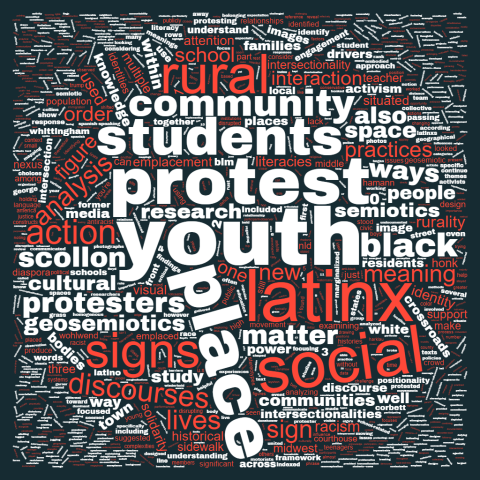
book
In June 2020, in a rural Rust Belt town in the Midwest, over 100 residents stood on the grounds of the county courthouse and publicly protested for Black Lives Matter. Once students began to arrive, the protest shifted. Latinx youth led chants, held signs, and stood in the front of the other protesters, moving the protest forward, away from the courthouse and toward the busy street of passing cars. I knew these de facto protest leaders well—they were my former students. This town is considered part of the New Latino Diaspora (NLD), a U.S. region not traditionally associated with Latinx settlement population. Here Latinx families represent almost 30% of the population and have been marginalized in community spaces and schools. Rural students are stereotyped, and Latinx students are marginalized as well, bearing layers of cultural and social inequity. This study disrupts the assumption of rural middle America as simple, homogenous, and conservative and, using geosemiotics, seeks to explore the intersectional ways in which Latinx youth position and identify themselves as activists, expanding current conceptualizations of rurality and literacy while examining how Black lives matter to Latinx youth.
